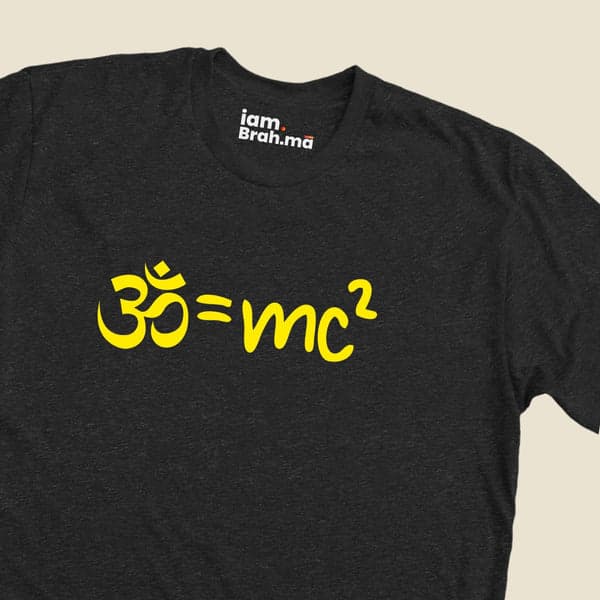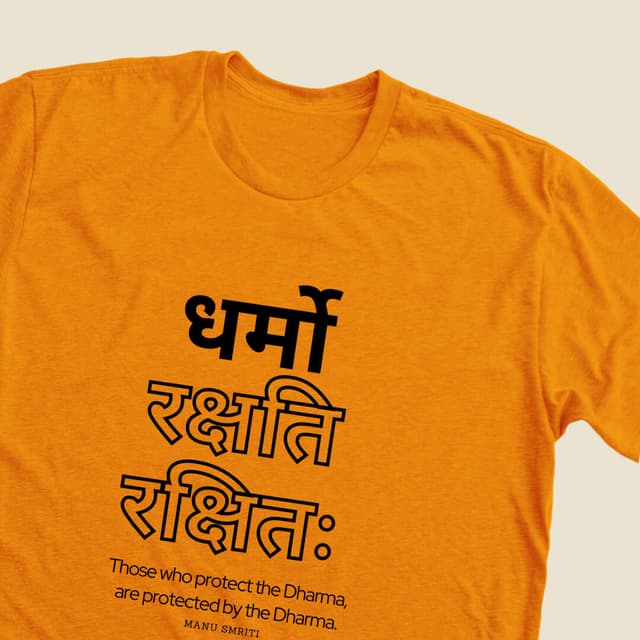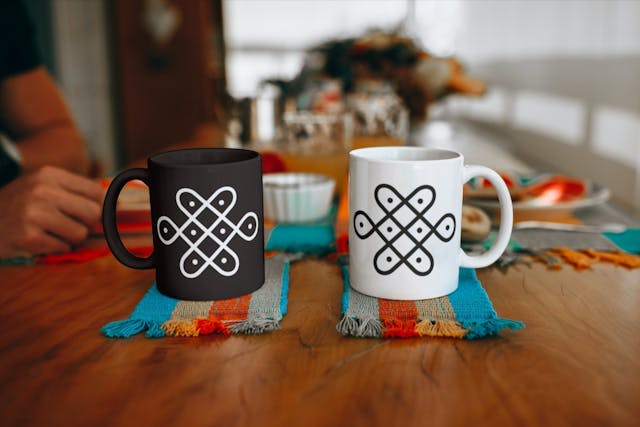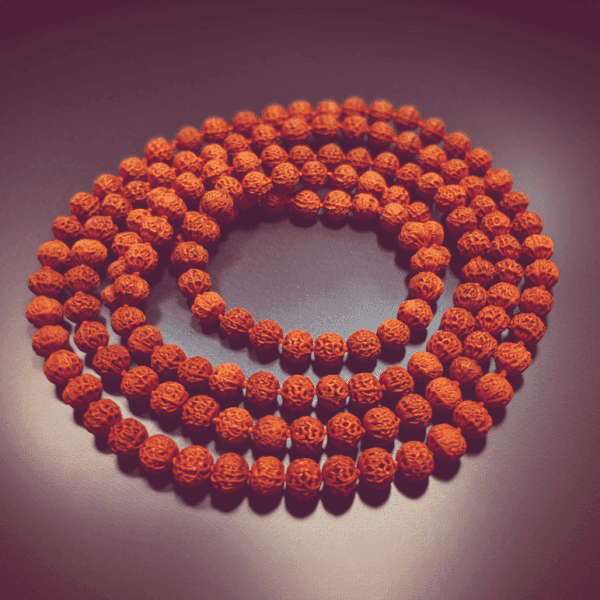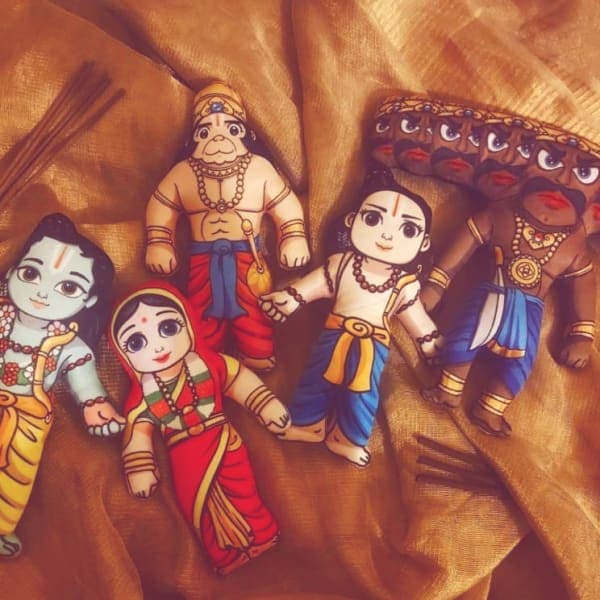Kashi Nav Durga Yatra
Yatra Overview
Vehicle
10 km
Walk
5 km
Food
Navdurga Yatra
Experience the power of Goddess Durga during Navratri, as she manifests in nine distinct forms. Each form carries immense significance, with a specific name, governing planet, unique iconography, and a mantra to invoke her divine presence. Explore the transformative worship of these nine manifestations and delve into the rich symbolism and spiritual energy they embody. Embrace the blessings and guidance of Goddess Durga as you engage in the profound rituals of Navratri.
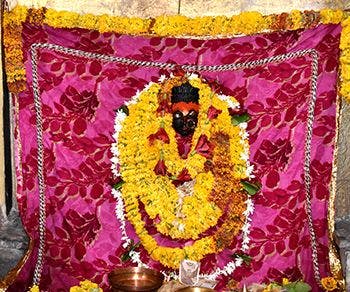
Shailputri Durga Maa
The initial day of Shardiya Navratri is dedicated to the revered form of Goddess Durga known as Goddess Shailputri. According to belief, this particular manifestation of Goddess Durga was wedded to Lord Shiva. Her name, Goddess Shailputri, stems from the fact that she is the daughter of the King of mountains, Himalayas.
It is believed that in her previous birth, she was known as Sati, the daughter of King Daksha, and she became the wife of Lord Shiva. In her subsequent birth, she incarnated as the daughter of Shailraj Himalaya, thus earning the name Shailputri, also recognized as Parvati or Hemvati. She is believed to alleviate the difficulties and obstacles faced by her devoted followers.
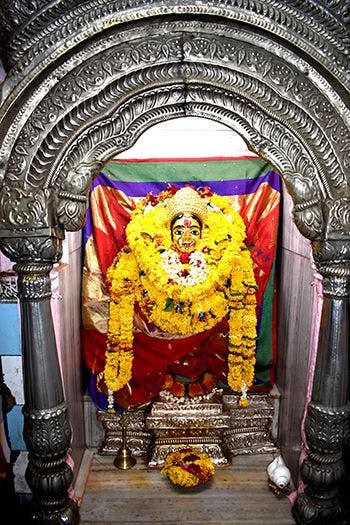
Brahmacharini Durga Maa
The second day of Shardiya Navratri is devoted to the worship of the second form of Goddess Durga, known as Goddess Brahmacharini. The name Brahmacharini signifies one who observes penance or austerity. It is believed that Goddess Brahmacharini engaged in rigorous penance for thousands of years to earn the blessing of Lord Shiva as her husband. Due to her unwavering dedication to penance, she is also referred to as Tapascharini.
By worshipping Goddess Brahmacharini, devotees are believed to be blessed with success in their endeavors.

Chandraghanta Durga Maa
As per the 70th chapter of Kashi Khand, the third day of Shardiya Navratri is dedicated to the worship of the third form of Goddess Durga, known as Goddess Chandraghanta. It is believed that by taking a holy bath in Chitra Koop and offering worship to Chandraghanta, devotees are freed from the consequences of their sins. Regardless of the magnitude of their transgressions or if they have strayed from the path of faith, their names will not be recorded in Chitragupta's books, and they will be spared from the torments of Yama (the God of Death).
Goddess Chandraghanta alleviates all the sorrows and afflictions of her devotees, and they attain success with ease.
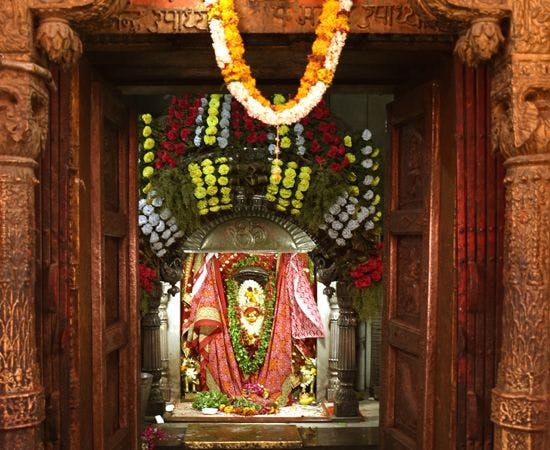
Kushmanda Durga Maa
On the fourth day of Shardiya Navratri, devotees pay homage to the fourth form of Goddess Durga, known as Goddess Kushmanda. According to belief, Goddess Kushmanda is associated with improving health and bestowing wealth and strength upon her devotees.

Skandmata Durga Maa
The fifth day of Shardiya Navratri is devoted to honoring the fifth form of Goddess Durga, known as Goddess Skandamata. This particular form of Goddess Durga is named Skandamata as she is depicted with her child Skanda (Kartikeya) seated on her lap.
It is believed that through the worship of Goddess Skandamata, the desires of devotees are fulfilled, and they experience peace, happiness, and attain salvation effortlessly. Skandamata is regarded as a potent Goddess who bestows blessings upon her devotees.

Katyayani Durga Maa
The sixth day of Shardiya Navratri is dedicated to the veneration of the sixth form of Goddess Durga, known as Goddess Katyayani. By offering worship to this form of Goddess Durga, it is believed that devotees are liberated from all forms of sorrow and fear. Goddess Katyayani is said to emanate a divine energy that transcends the ordinary. She is also recognized as Vikta Devi, a renowned Shakti Peeth.
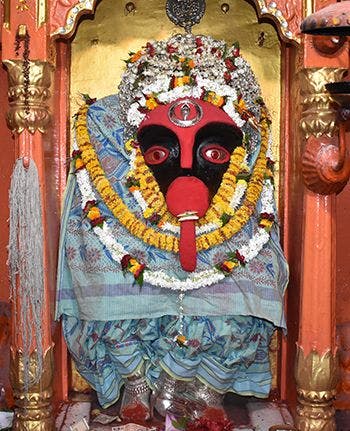
Kalratri Durga Maa
The seventh day of Shardiya Navratri is dedicated to the worship of the seventh form of Goddess Durga, known as Goddess Kalratri. According to belief, Goddess Kalratri is depicted with a pitch-black complexion symbolizing darkness, disheveled hair, a garland of skulls adorning her neck that shines like lightning, and three eyes that resemble the vast universe, emanating continuous rays of light.
She breathes out fire flames through her nostrils. Despite her fierce appearance, she bestows auspicious blessings upon her devotees, which is why she is revered as Shubhkari, a bringer of auspiciousness. Through her divine grace, devotees are liberated from all forms of fear. It is believed that Goddess Kalratri is a tremendously powerful deity who grants her devotees a life free from the fear of fire, water, animals, enemies, and the darkness of the night.
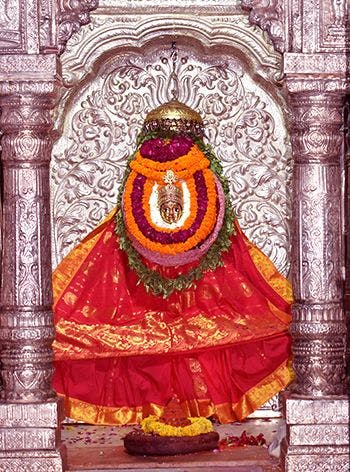
Mahagauri Durga Maa
As per the Puranas, the deity established in the ancient Kashi Vishwanath temple, known as Goddess Annapurna, is revered as Goddess Mahagauri, the eighth form of Goddess Durga. It is believed that by offering worship to Goddess Mahagauri, devotees can absolve themselves of sins and attain divine accomplishments.
According to beliefs, worshipping Goddess Mahagauri grants devotees the blessings equivalent to worshipping all the goddesses in the world. Every year, during the period from Dhanteras, which falls on Triyodashi before the Deepavali Amavasya, to the day after Amavasya (a total of four days), South Indian devotees visit to have the Deepavali Darshan of the resplendent Golden Annapurna, accompanied by taking a holy dip in the Ganga and the darshan of Lord Vishwanath.
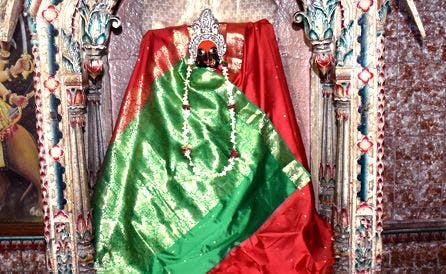
Siddhidatri Durga Maa
On the ninth day of Shardiya Navratri, devotees pay homage to the ninth form of Goddess Durga, known as Goddess Siddhidatri. It is believed that Goddess Siddhidatri bestows various siddhis (spiritual powers) upon her devotees. According to the Devi Purana, even Lord Shiva attained all his siddhis through her blessings. In fact, he took on the form of Goddess Siddhidatri, known as Ardhnarishwar.
Goddess Siddhidatri is depicted with four hands. She is seated on a lotus flower and her vahana (vehicle) is a lion. In her lower right hand, she holds a chakra (discus), in her upper right hand, she wields a mace or club, her lower left hand holds a conch, and her upper left hand carries a lotus flower.
By worshipping this form of Goddess Durga, it is believed that devotees are liberated from all sorrows and can attain salvation. She grants her devotees the power to overcome obstacles and achieve spiritual growth.
...
